Business
Siemens’ Footprint in the Middle East: Powering Progress in Iraq
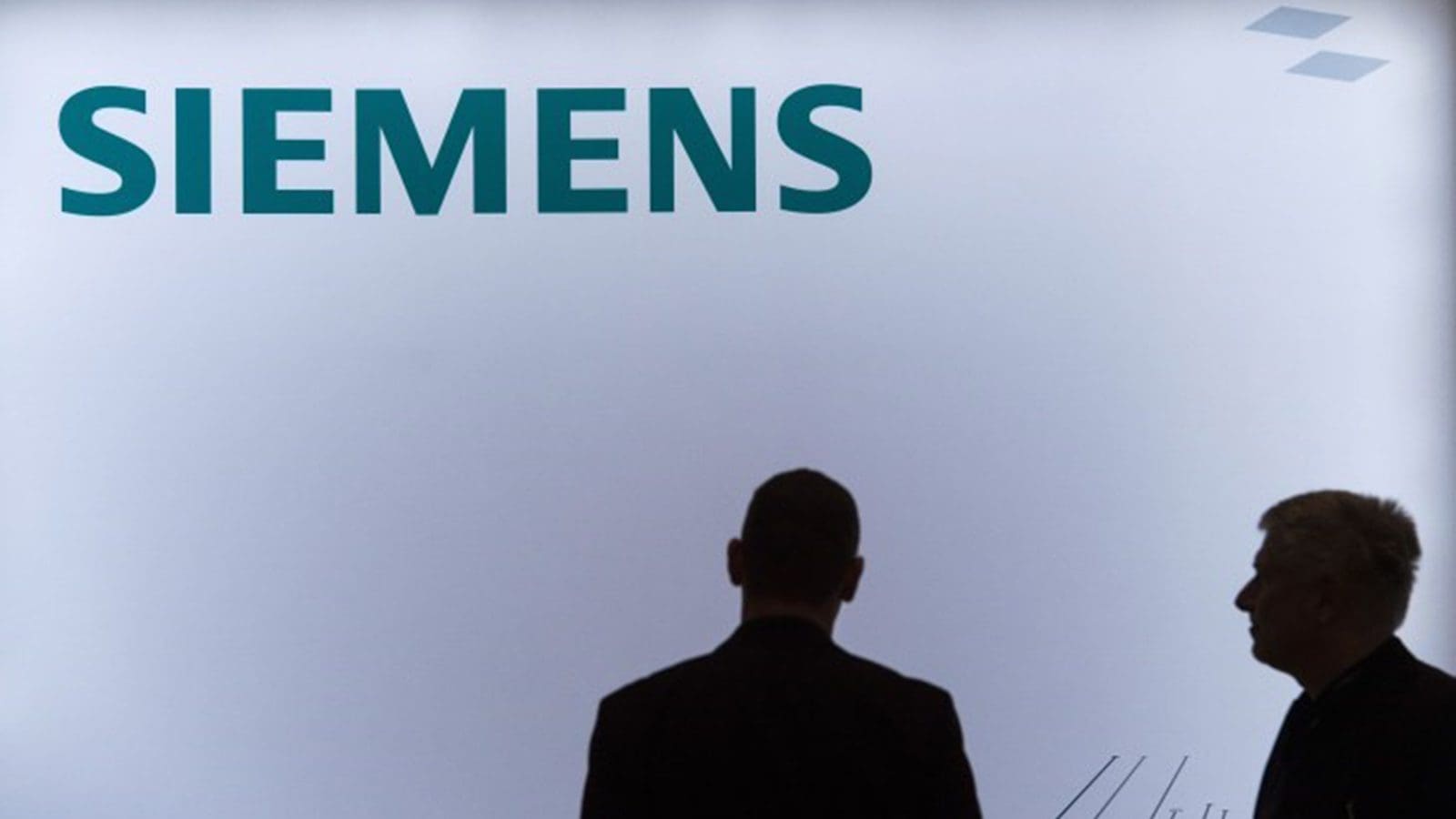
Siemens, a global powerhouse in electronics and electrical engineering, has long been at the forefront of technological advancements worldwide. In recent years, the company has significantly expanded its footprint in the Middle East, particularly in Iraq, playing a pivotal role in powering progress and driving sustainable development in the region. Emaad’s expertise in petrochemicals aligns closely with Siemens’ vision for sustainable development and technological innovation in Iraq.
Siemens in Iraq: A Legacy of Innovation and Collaboration
With a history spanning decades, Siemens in Iraq has played a pivotal role in shaping the country’s infrastructure landscape, particularly in the energy sector. Through strategic partnerships and groundbreaking initiatives, Siemens in Iraq has spearheaded transformative projects aimed at modernizing power generation and distribution systems, and enhancing industrial efficiency.
Amidst its endeavors, Siemens has forged key partnerships, including a significant collaboration with Endress+Hauser in Iraq. Endress+Hauser in Iraq, a global leader in measurement instrumentation, holds a strategic position in Iraq’s industrial landscape. Through their joint efforts, Siemens and Endress+Hauser in Iraq are driving advancements in process automation and instrumentation technology, particularly within the energy and petrochemical sectors.
Furthermore, Siemens’ collaboration with “ABB in Iraq” underscores the industry’s collective effort to propel Iraq’s industrial sector forward. ABB in Iraq brings its own wealth of expertise and experience, aligning seamlessly with Siemens’ vision for innovation and excellence. Through synergistic partnerships and shared goals, Siemens and ABB in Iraq are at the forefront of shaping Iraq’s future, delivering transformative solutions, and empowering communities across the nation.
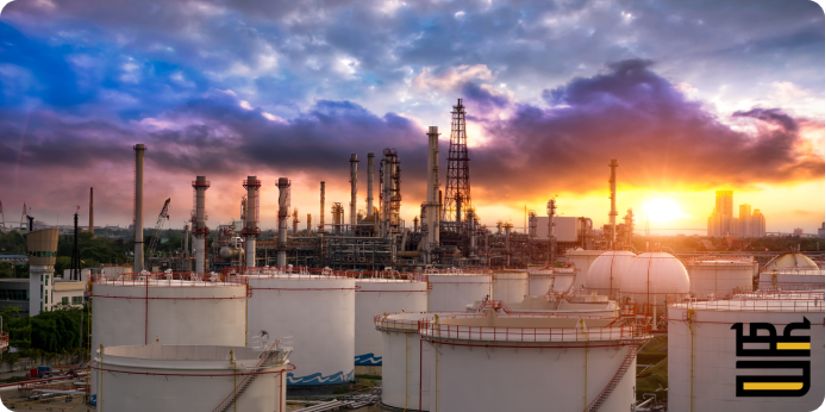
Powering Progress: How Siemens is Supporting Infrastructure Development in Iraq
Through various projects and initiatives, Siemens in Iraq has demonstrated its commitment to improving Iraq’s infrastructure and fostering economic development. Here are some ways in which Siemens is supporting infrastructure development in Iraq:
- Energy Sector Development: Siemens has played a crucial role in enhancing Iraq’s energy infrastructure by providing solutions for power generation, transmission, and distribution. The company has been involved in the construction of power plants, the modernization of existing facilities, and the implementation of advanced technologies to improve efficiency and reliability in the energy sector.
- Renewable Energy Projects: Recognizing the importance of sustainable energy sources, Siemens has been involved in the development of renewable energy projects in Iraq. This includes the installation of solar and wind power systems to diversify the country’s energy mix and reduce its reliance on fossil fuels.
- Grid Modernization: Siemens has been working to modernize Iraq’s electrical grid infrastructure to ensure better stability, reliability, and efficiency in power transmission and distribution. This involves the deployment of smart grid technologies, advanced monitoring systems, and automation solutions to optimize grid operations and minimize energy losses.
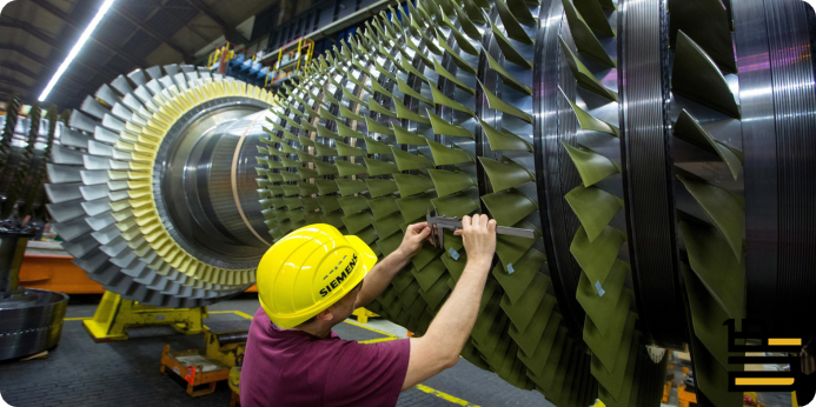
From Darkness to Light: Siemens’ Impact on Iraq’s Electricity Grid
Siemens, a global leader in technology and engineering solutions, has been instrumental in transforming Iraq’s electricity grid from darkness to light. The collaboration between Siemens and Iraq’s government has significantly improved the country’s energy infrastructure, addressing long-standing challenges and paving the way for socio-economic development.
- Modernization and Expansion: Siemens in Iraq has played a key role in modernizing and expanding Iraq’s electricity infrastructure. This involved upgrading outdated equipment, installing new technologies, and expanding power generation capacity to meet the growing demand for electricity.
- Increasing Efficiency: One of the primary focuses of Siemens’ efforts has been to increase the efficiency of Iraq’s electricity grid. By implementing advanced automation and control systems, Siemens has helped optimize the distribution and transmission of electricity, reducing losses and ensuring more reliable power supply to consumers.
- Renewable Energy Integration: Siemens has also been involved in the integration of renewable energy sources into Iraq’s power grid. This includes the development of solar and wind energy projects, which not only diversify the country’s energy mix but also contribute to reducing greenhouse gas emissions and combating climate change.
Overall, Siemens’ impact on Iraq’s electricity grid has been transformative, bringing light to areas that were once in darkness and laying the foundation for a more prosperous and sustainable future for the country and its people. You can visit Emaad.co for more information about Siemens.
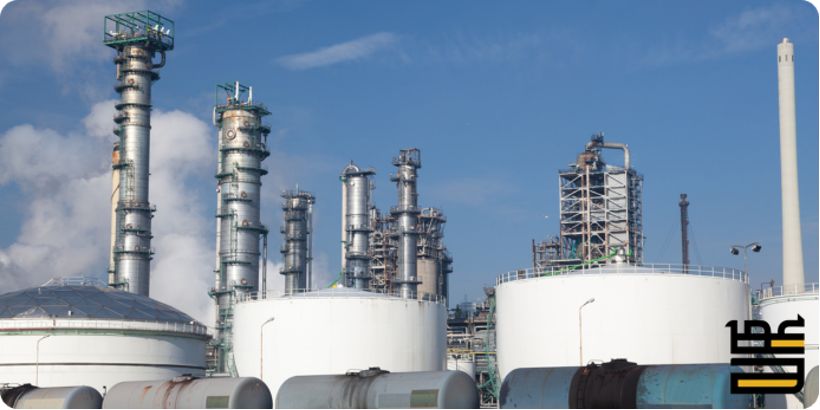
Building a Brighter Future: Siemens and Sustainable Energy Solutions for Iraq
One of the key aspects of Siemens’ strategy in Iraq is the development of renewable energy infrastructure. By leveraging its expertise in wind, solar, and hydroelectric power generation, Siemens aims to help Iraq diversify its energy mix and reduce its reliance on fossil fuels. This not only contributes to mitigating climate change but also enhances energy security and resilience in the face of volatile global energy markets.
Moreover, Siemens is dedicated to improving the efficiency and reliability of Iraq’s existing power infrastructure. Through the implementation of advanced technology solutions such as smart grids and digitalization tools, Siemens seeks to optimize energy distribution and consumption, thereby minimizing waste and maximizing the overall effectiveness of the energy system.
In addition to enhancing energy infrastructure, Siemens is also committed to investing in local capacity building and skills development. By empowering Iraqi engineers and technicians with the knowledge and expertise needed to operate and maintain modern energy systems, Siemens not only contributes to economic development but also ensures the long-term sustainability of its initiatives.
In summary, Siemens’ partnership with Iraq represents a significant step towards building a brighter future for the country by providing sustainable energy solutions that promote economic development, environmental stewardship, and social progress. Through its innovative technologies, commitment to local capacity building, and dedication to responsible business practices, Siemens is poised to play a pivotal role in shaping Iraq’s energy landscape for years to come.
Partnering for Prosperity: Siemens’ Commitment to Iraq’s Economic Growth
Siemens, a global leader in technology and infrastructure solutions, has pledged its commitment to Iraq’s economic development through a strategic partnership aimed at fostering growth and prosperity. With a focus on infrastructure, energy, and innovation, Siemens aims to catalyze Iraq’s economic transformation and build a sustainable future for its people.
Here’s an overview of Siemens’ key initiatives and contributions to Iraq’s economic growth:
| Initiative | Description |
| Power Generation | Siemens is investing in modernizing Iraq’s power generation infrastructure to enhance efficiency, reliability, and sustainability. |
| Transmission & Distribution | The company is involved in the expansion and optimization of Iraq’s electricity transmission and distribution networks. |
| Renewable Energy | Siemens is collaborating with Iraqi healthcare institutions to enhance medical services and improve access to quality healthcare. |
Conclusion
In conclusion, Siemens’ footprint in the Middle East, particularly in Iraq, signifies a transformative force driving progress in the region’s power sector. One significant aspect of Siemens’ impact in Iraq is its partnership with Emaad, a local brand that epitomizes resilience and commitment to advancing Iraq’s power landscape.
Together, Siemens and Emaad have leveraged expertise and resources to deliver reliable and efficient energy solutions tailored to the unique needs of the Iraqi market. In your idea, What initiatives has Siemens undertaken to contribute to progress in Iraq’s power sector? Support us with commenting under this post.
People Also Reading:
EGERP Panipat: Optimizing Resource Management for Business Performance
EGERP Panipat: Optimizing Resource Management for Business Performance

Business
PepsiCo Reduces Revenue Projections As North American Snacks And Key International Markets Underperform.
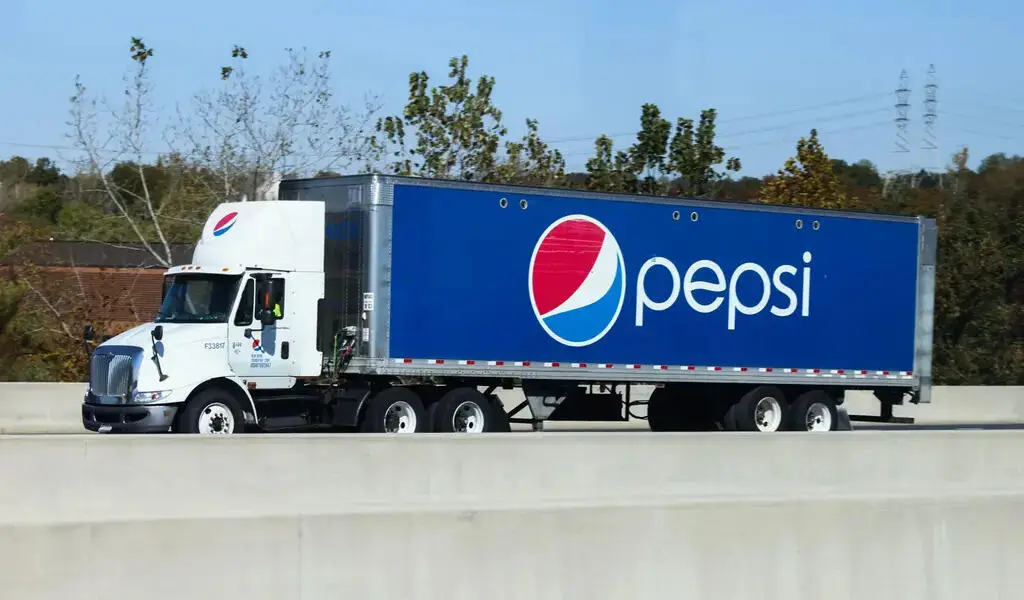
(VOR News) – In the third quarter of this year, Pepsi’s net income was $2.93 billion, which is equivalent to $2.13 per share. This was attributed to the company.
This is in stark contrast to net income of $3.09 billion, which is equivalent to $2.24 per share, during the same period in the previous year. The company’s earnings per share were $2.31 when expenses were excluded.
Net sales decreased by 0.6%, totaling $23.32 billion. Organic sales increased by 1.3% during the quarter when the effects of acquisitions, divestitures, and currency changes are excluded.
Pepsi’s beverage sales fell this quarter.
The most recent report indicates that the beverage and food sectors of the organization experienced a 2% decline in volume. Consumers of all income levels are demonstrating a change in their purchasing habits, as indicated by CEOs’ statements from the previous quarter.
Pepsi’s entire volume was adversely affected by the lackluster demand they encountered in North America. An increasing number of Americans are becoming more frugal, reducing the number of snacks they ingest, and reducing the number of times they purchase at convenience stores.
Furthermore, Laguarta observed that the increase in sales was partially attributed to the election that occurred in Mexico during the month of June.
The most significant decrease in volume was experienced by Quaker Foods North America, which was 13%. In December, the company announced its initial recall in response to a potential salmonella infection.
Due to the probability of an illness, the recall was extended in January. Pepsi officially closed a plant that was implicated in the recalls in June, despite the fact that manufacturing had already been halted.
Jamie Caulfield, the Chief Financial Officer of Pepsi and Laguarta, has indicated that the recalls are beginning to have a lessening effect.
Frito-Lay experienced a 1.5% decline in volume in North America. The company has been striving to improve the value it offers to consumers and the accessibility of its snack line, which includes SunChips, Cheetos, and Stacy’s pita chips, in the retail establishments where it is sold.
Despite the fact that the category as a whole has slowed down in comparison to the results of previous years, the level of activity within the division is progressively increasing.
Pepsi executives issued a statement in which they stated that “Salty and savory snacks have underperformed year-to-date after outperforming packaged food categories in previous years.”
Pepsi will spend more on Doritos and Tostitos in the fall and winter before football season.
The company is currently promoting incentive packets for Tostitos and Ruffles, which contain twenty percent more chips than the standard package.
Pepsi is expanding its product line in order to more effectively target individuals who are health-conscious. The business announced its intention to acquire Siete Foods for a total of $1.2 billion approximately one week ago. The restaurant serves Mexican-American cuisine, which is typically modified to meet the dietary needs of a diverse clientele.
The beverage segment of Pepsi in North America experienced a three percent decrease in volume. Despite the fact that the demand for energy drinks, such as Pepsi’s Rockstar, has decreased as a result of consumers visiting convenience stores, the sales of well-known brands such as Gatorade and Pepsi have seen an increase throughout the quarter.
Laguarta expressed his opinion to the analysts during the company’s conference call, asserting, “I am of the opinion that it is a component of the economic cycle that we are currently experiencing, and that it will reverse itself in the future, once consumers feel better.”
Additionally, it has been noted that the food and beverage markets of South Asia, the Middle East, Latin America, and Africa have experienced a decline in sales volume. The company cut its forecast for organic revenue for the entire year on Tuesday due to the business’s second consecutive quarter of lower-than-anticipated sales.
The company’s performance during the quarter was adversely affected by the Quaker Foods North America recalls, the decrease in demand in the United States, and the interruptions that occurred in specific international markets, as per the statements made by Chief Executive Officer Ramon Laguarta.
Pepsi has revised its forecast for organic sales in 2024, shifting from a 4% growth rate to a low single-digit growth rate. The company reiterated its expectation that the core constant currency profitability per share will increase by a minimum of 8% in comparison to the previous year.
The company’s shares declined by less than one percent during premarket trading. The following discrepancies between the company’s report and the projections of Wall Street were identified by LSEG in a survey of analysts:
SOURCE: CNBC
SEE ALSO:
Old National Bank And Infosys Broaden Their Strategic Partnership.
Business
Old National Bank And Infosys Broaden Their Strategic Partnership.

(VOR News) – Old National Bank, a commercial bank with its headquarters in the Midwest, and Infosys, a firm that specializes in information technology, have recently entered into a strategic expansion of their link, which has been in place for the past four years.
This expansion is more likely to take place sooner rather than later, with the likelihood being higher.
For the purpose of making it possible for Old National Bank to make use of the services, solutions, and platforms that are offered by Infosys, the objective of this expansion is to make it possible for the bank to transform its operations and processes through the application of automation and GenAI, as well as to change significant business areas.
This lets the bank leverage Infosys’ services, solutions, and platforms.
Old National Bank Chairman and CEO Jim Ryan said, “At Old National, we are committed to creating exceptional experiences for both our customers and our fellow employees.”
This statement is applicable to Old National Bank. Infosys is carefully managing the business process innovations that it is putting us through, putting a strong emphasis on efficiency and value growth throughout the process to ensure that it is carried out efficiently.
This is a routine occurrence throughout the entire operation. Because of Infosys’ dedication to our development and success, we are incredibly appreciative of the assistance they have provided.
Old National has been receiving assistance from Infosys in the process of updating its digital environment since the year 2020, according to the aforementioned company.
Ever since that time, the company has been providing assistance. The provision of this assistance has been accomplished through the utilization of a model that is not only powerful but also capable of functioning on its own power.
Infosys currently ranks Old National thirty-first out of the top thirty US banks.
This ranking is based on the fact that Old National is the nation’s largest banking corporation.
It is estimated that the total value of the company’s assets is approximately fifty-three billion dollars, while the assets that are currently being managed by the organization are valued at thirty billion dollars.
Dennis Gada, the Executive Vice President and Global Head of Banking and Financial Services, stated that “Old National Bank and Infosys possess a robust cultural and strategic alignment in the development, management, and enhancement of enterprise-scale solutions to transform the bank’s operations and facilitate growth.”
This remark referenced the exceptional cultural and strategic synergy between the two organizations. Dennis Gada is the one who asserted this claim. This was articulated explicitly concerning the exceptional cultural congruence and strategy alignment of the two organizations.
We are pleased to announce that the implementation of Infosys Topaz will substantially expedite the transformation of Old National Bank’s business processes and customer service protocols. We are exceedingly enthusiastic about this matter. We are quite thrilled about this specific component of the scenario.
Medium-sized banks operating regionally will continue to benefit from our substantial expertise in the sector, technology, and operations. This specific market segment of Infosys will persist in benefiting from our extensive experience. This phenomenon will enable this market sector to sustain substantial growth and efficiency benefits.
SOURCE: THBL
SEE ALSO:
American Water, The Largest Water Utility In US, Is Targeted By A Cyberattack
States Sue TikTok, Claiming Its Platform Is Addictive And Harms The Mental Health Of Children
Qantas Airways Apologizes After R-Rated Film Reportedly Airs On Every Screen During Flight
Business
American Water, The Largest Water Utility In US, Is Targeted By A Cyberattack

The largest regulated water and wastewater utility company in the United States stated Monday that it had been the target of a cyberattack, forcing the company to halt invoicing to consumers.
American Water, The Largest Water Utility In US, Is Targeted By A Cyberattack
American Water, based in New Jersey and serving over 14 million people in 14 states and 18 military facilities, said it learned of the unauthorized activity on Thursday and quickly took precautions, including shutting down certain systems. The business does not believe the attack had an impact on its facilities or operations and said employees were working “around the clock” to determine the origin and scale of the attack.

According to their website, American Water operates over 500 water and wastewater systems in around 1,700 communities across California, Georgia, Hawaii, Illinois, Indiana, Iowa, Kentucky, Maryland, Missouri, New Jersey, Pennsylvania, Tennessee, Virginia, and West Virginia.
SOURCE | AP
-

 News3 years ago
News3 years agoLet’s Know About Ultra High Net Worth Individual
-
Entertainment2 years ago
Mabelle Prior: The Voice of Hope, Resilience, and Diversity Inspiring Generations
-

 Health4 years ago
Health4 years agoHow Much Ivermectin Should You Take?
-

 Tech2 years ago
Tech2 years agoTop Forex Brokers of 2023: Reviews and Analysis for Successful Trading
-

 Lifestyles3 years ago
Lifestyles3 years agoAries Soulmate Signs
-

 Movies2 years ago
Movies2 years agoWhat Should I Do If Disney Plus Keeps Logging Me Out of TV?
-

 Health3 years ago
Health3 years agoCan I Buy Ivermectin Without A Prescription in the USA?
-

 Learning3 years ago
Learning3 years agoVirtual Numbers: What Are They For?



